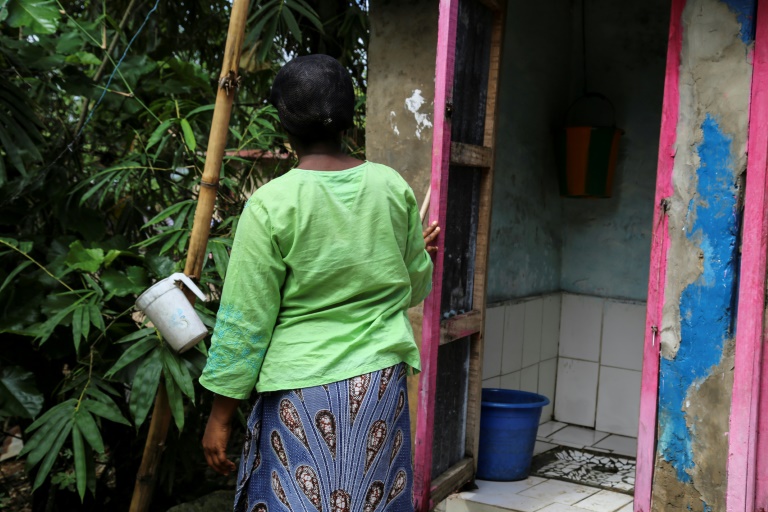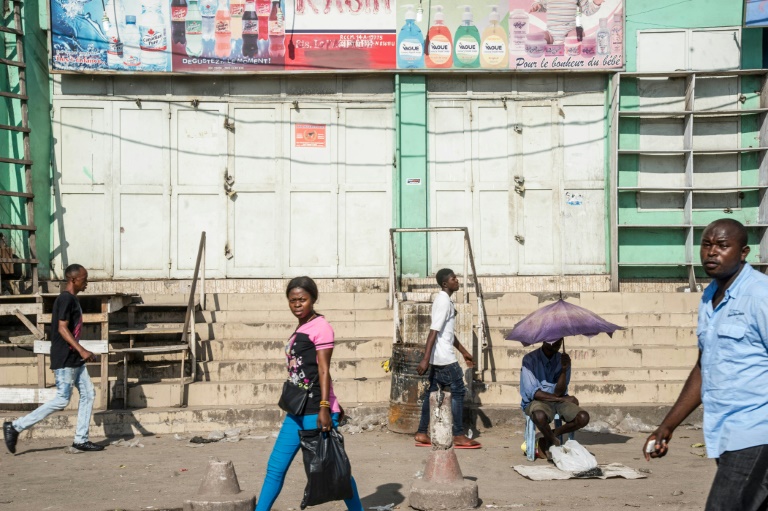URC result: Sharks claw their way back against Ulster
The UN has estimated more than 2.4 billion people worldwide are in a similar situation, with Sunday’s World Toilet Day planned to raise awareness.
The vast majority of DR Congo’s more than 70 million residents do not have access to “improved” toilets — latrines, sewerage or cesspits that hygienically separate human waste from human contact, according to the United Nations children’s agency Unicef.
The problem has become even more pressing this year as the huge African country wrestles with a resurgence of cholera.
Known as a “dirty hands disease” for the way in which faecal germs are transmitted, there have been more than 44,000 suspected cases of cholera and nearly 900 deaths so far this year, compared with 29,000 cases in 2016, according to World Health Organization (WHO) figures.
In the capital Kinshasa, the quality of toilets varies greatly depending on social status — islands of wealth thrive in the city of 10 million amid an ocean of poverty.

Known as a ‘dirty hands disease’ for the way in which faecal germs are transmitted, there have been more than 44,000 suspected cases of cholera and nearly 900 deaths so far this year
Running water and clean toilets are the norm in Gombe, a wealthy district home to the presidential palace, embassies, ministries, business headquarters, expats and the city’s wealthiest citizens.
But it is a very different story in the other 25 districts of “Kin-la-Belle” (Kin the Beautiful), as Kinshasa was once known — and which some locals now derisively call “Kin-la-Poubelle” (Kin the Rubbish Bin).
In the district of Matete, Junior, 25, does not complain much about the toilet block built in the yard, away from the family house.
There is no running water, but it does have a tap and a bucket to clean the toilet, as well as an adjoining shower with white tile walls and an only slightly blackened ceramic floor.
Wastewater and excrement are collected under a concrete slab in a pit, which is emptied by a service every two or three years.
“It’s not luxury, but it’s a bit clean,” said Junior.
– ‘We suffer here’ –
Conditions are very different for neighbours living on the edge of a rubbish dump just a few streets away — and several rungs down DRC’s implacable social ladder.
Here, a clean, decent flushing toilet only exists in dreams.
“We suffer here. If it rains, it floods the slab. The toilets overflow. The waste floods into the house,” said an angry young father in front of his toilet block. The contents of the latrine can be seen through the concrete slab.

In the Congolese capital Kinshasa, the quality of toilets varies greatly depending on social status
Another toilet, next to an outdoor place of worship, is a simple hole dug in the ground, protected from view by some corrugated iron and a sheet.
According to residents, the sewage runs into a river that flows between Matete and a military camp. On both sides of the water is a mountain of rubbish.
“Sooner or later, there will be people who get cholera. For the moment we suffer from typhoid,” says theology student Nadine Bondo.
In rural areas of DR Congo, where 60 percent of the population lives, the situation is even worse.
Open-air defecation remains a cause of disease, according to Unicef, which started a programme for sanitation in schools and villages, such as Kisthini, 80 kilometres (50 miles) from Kinshasa.
“Before, we were cleaning our toilets in an outdated way. We dug small holes. Now, the notions of sanitation and hygiene are ingrained in the students,” says the deputy head of the school in Kisthini.
Download our app